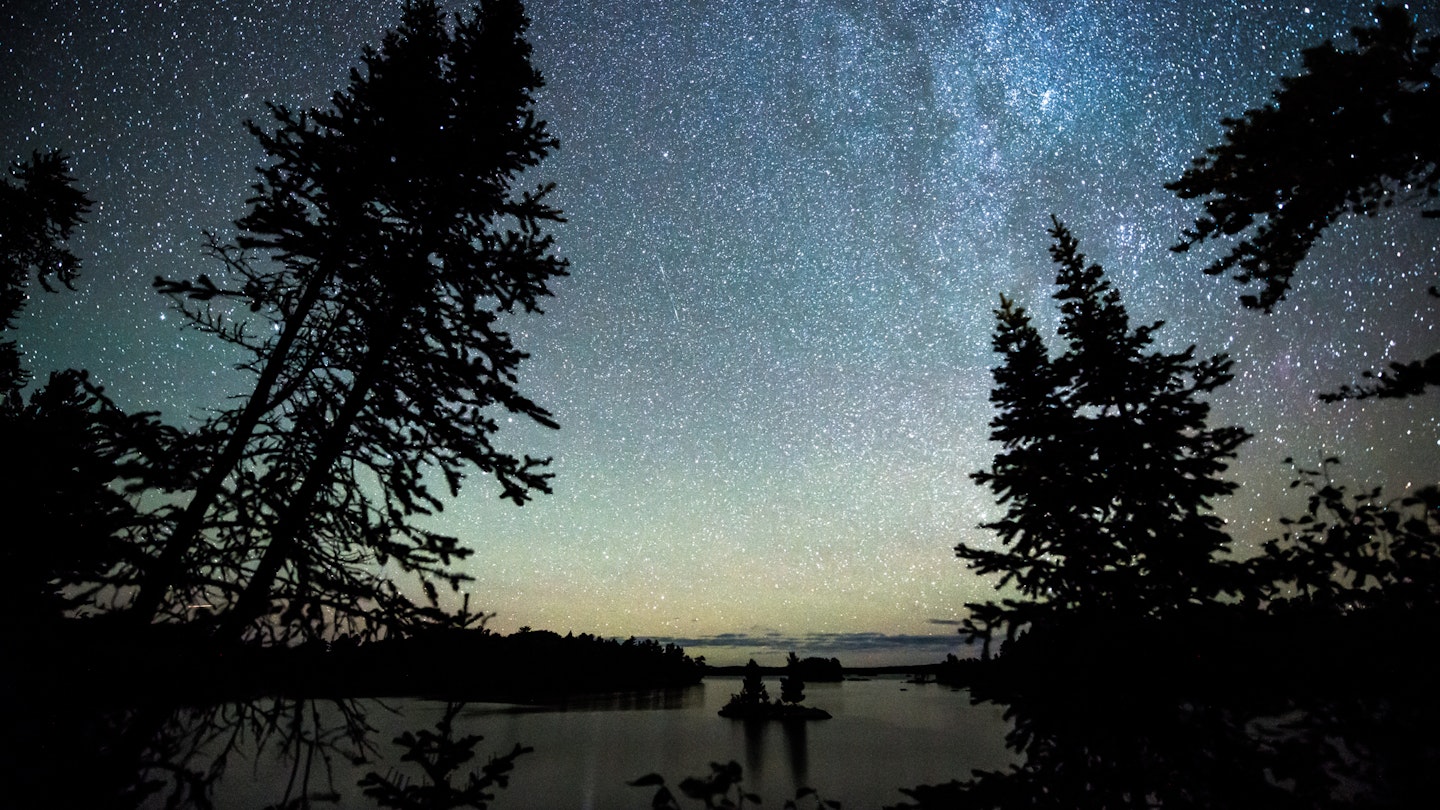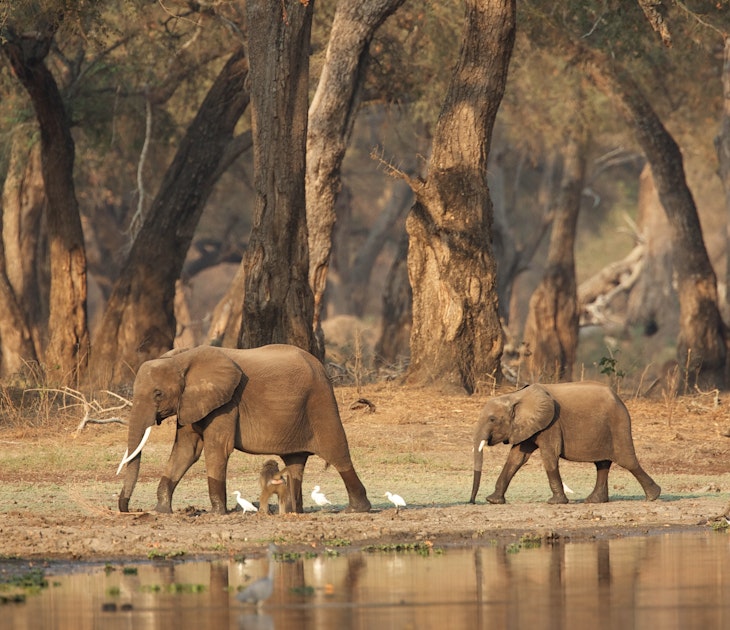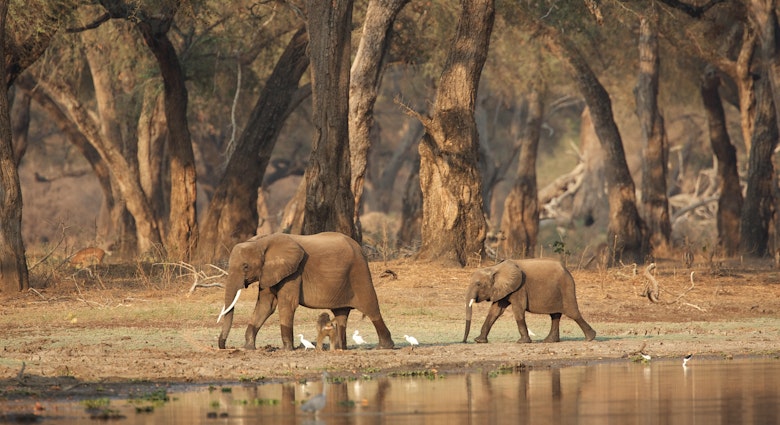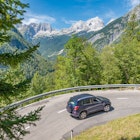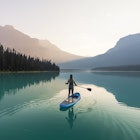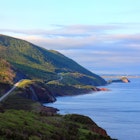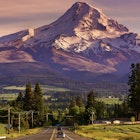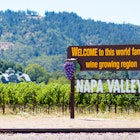This past September, when Boundary Waters was named an International Dark Sky Sanctuary, it became the first certified dark-sky site in Minnesota, and now the state can claim its first International Dark Sky Park as well.
Located in the uppermost reaches of northern Minnesota on the Canadian border, Voyageurs National Park is a water-based park best explored by boat, but as of December, it’s being lauded for its stellar night skies and has been declared the state's first International Dark Sky Park. The latest addition to a roster of public lands recognized for their protection of the nighttime environment, the park “has some of the darkest skies in the Midwest,” park superintendent Bob DeGross said in a statement.
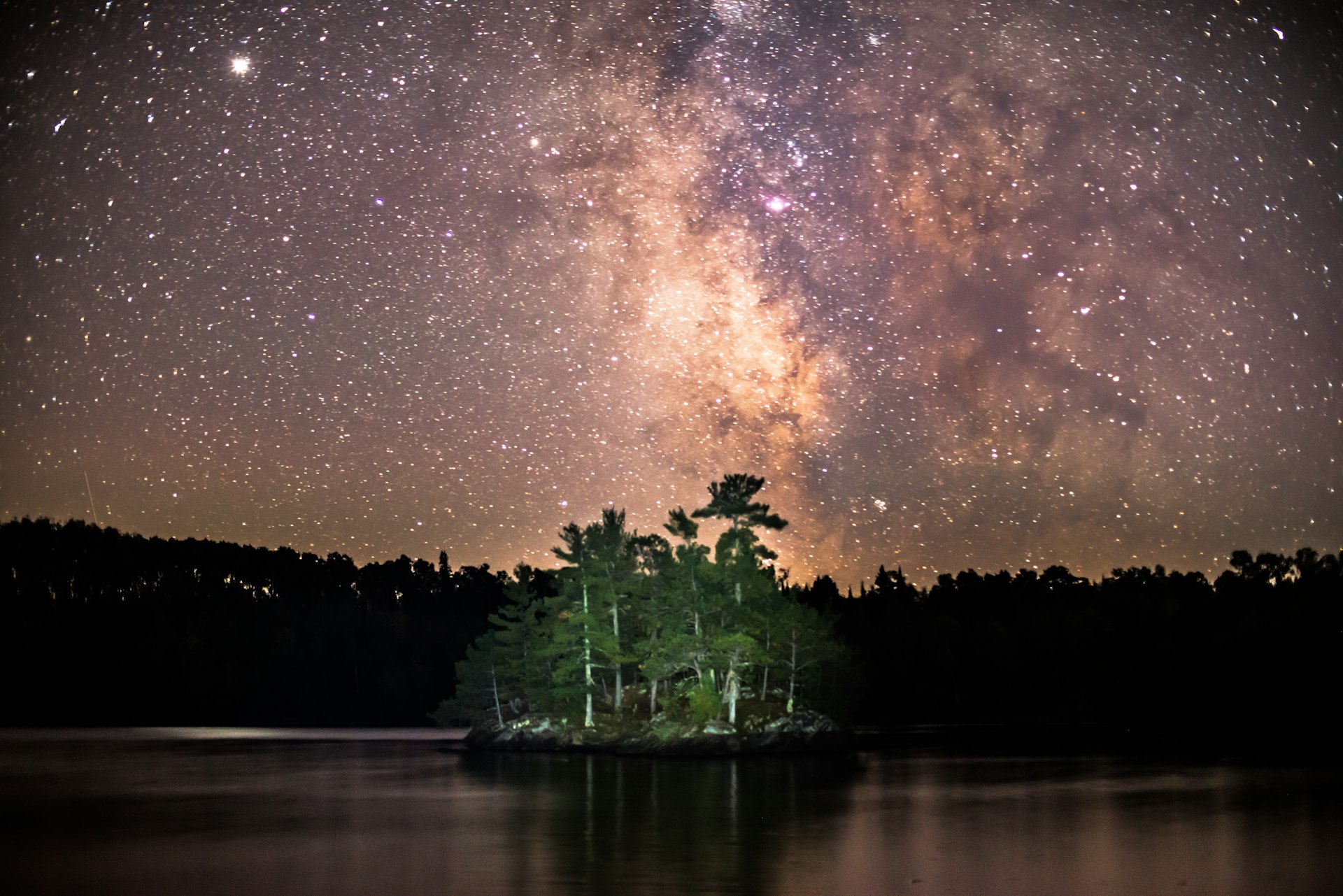
In order to qualify for the certification, the International Dark-Sky Association requires applicants to tackle the problem of light pollution in tangible ways, via the installation of energy efficient, sustainable lighting and the implementation of public education initiatives on the night sky. To that end, Voyageurs staffers developed a plan to retrofit existing exterior light fixtures at facilities across the park and committed to an array of educational programs, supported in large part by the park’s nonprofit partner, Voyageurs Conservancy, which funded key light-fixture changes and hosted the night sky programs.

The process took about two years from start to finish, but it’s not over yet. “Dark Sky Park certification from the IDA isn't a one and done deal. It requires an ongoing commitment,” Conservancy executive director Christina Hausman Rhode tells Lonely Planet. “Becoming an official Dark Sky Park means the Park and the Conservancy will further prioritize the preservation of darkness at the park for wildlife and people, as well as the development of dark sky education that shares the cultural stories connected to our starry skies and the actions everyone can take, whether they are at home or camping in the park, to keep the night dark.”
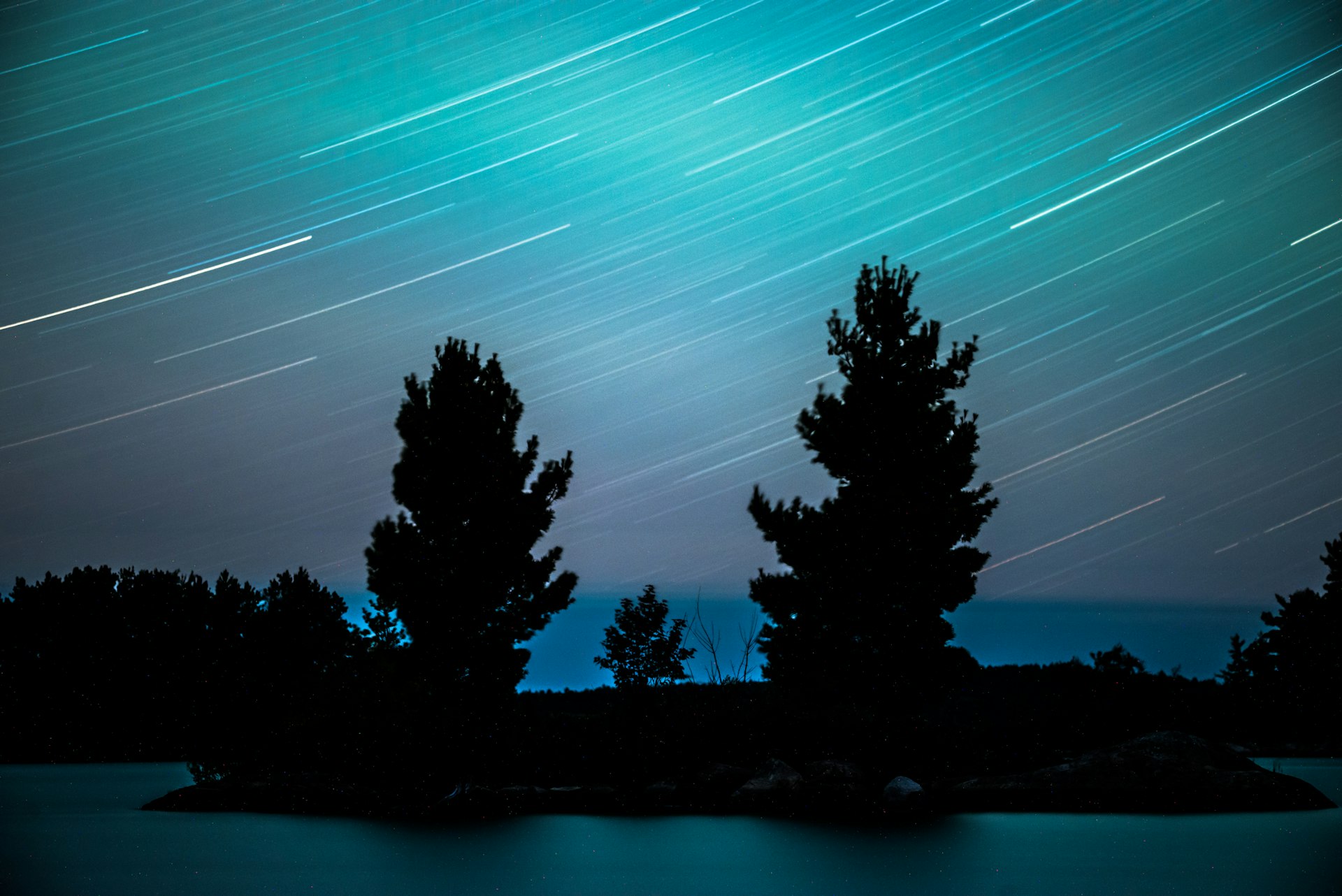
The IDA’s 87th International Dark Sky Park, Voyageurs currently hosts a virtual Night Sky Explorer program, and another virtual-learning program for US classrooms is in the works. (In-person dark-sky ranger and boat programs will resume when it’s safe, likely in 2021 or 2022.) Hausman Rhode also notes that while the certification doesn’t confer any official regulatory authority, the Conservancy hopes to get local communities and businesses on board “to further protect darkness in the region.”
“The night sky has inspired us for generations,” she adds. “Night sky protection enhances undeveloped wilderness character that animals depend on for survival, the qualities of outdoor solitude that park visitors seek for connection, and cultural-historical preservation. Dark night skies are more than a scenic canvas, they are part of a complex ecosystem that preserves both natural and cultural resources.”
You may also like:
Which U.S. Dark Sky Park is right for you?
Astrotourists love these Dark Sky Communities for urban stargazing
Top 11 US national parks that are total hidden gems

